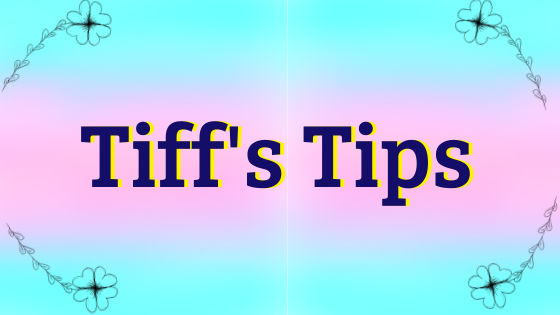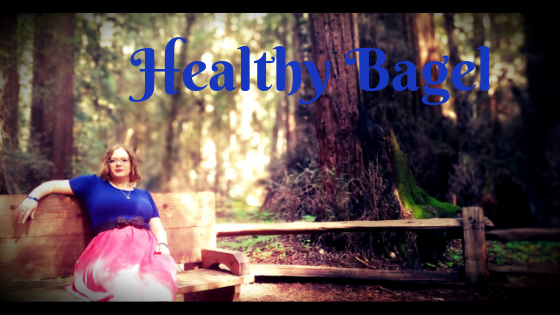I have primarily talked about physical health and my journey with weight loss. However, that is not actually the main focus of this journey. Instead of working towards a physical health goal, like weight loss. I have been trying to be mindful of the reasons behind my habits and my mindset that caused me to not be my physical best. Basically I am working on the inside out this time.
Your mind is where every action or inaction stems from, so you should
pay attention and take care of it. Why am I eating what I eating? It
is because some part of my brain said, “Yes, tuna fish is what you
want to eat right now.” It could have very easy decided that I
actually should go to the store and buy a large thing of ice-cream,
but it didn’t. Looking at the reason behind your actions or inaction
can teach you so much about yourself.
Once I fully grasped the concept that every action or inaction comes
from my brain, I realized that I can control and change my mind. I
didn’t have to stay stuck with the same thought patterns or
reactions. This is really when I started my health journey.
Why I think Dieting fails
Yes, I had tried dieting before and living a healthier lifestyle many
times. I would typically fail, because I was just doing what I
thought I should be doing and not looking at the reasons. The reasons
didn’t resonate deep enough for me to keep with it and what I truly
wanted to change was not actually being changed.
Most of the time the reasons we want to change our outward appearance
has more to do with how we see ourselves and inner minds. That is why
I never saw lasting change. I wasn’t changing the foundation or inner
life, so my outside appearance was only always temporary.
Let me rephrase that for you:
If you don’t change the inside your outside appearance will only be temporary.
A few months ago
I realized the need to change my inner life and thought pattern a few
months or maybe even a year ago, so I started my deep dive. That is
when I started “Healthy Bagel.” I wrote the first blog post, but
didn’t publish it and then backed away. Something was holding me
back. I realize now I didn’t really want to do the deep dive into my
mind. However, that was the only way real change would happen.
When I finally did look honestly at myself I realized the real
reasons why I wanted to get ‘healthy.’ I use quotes, because I have
no chronic illness, I’m hardly ever sick, and can be pretty active.
Here is what I realized about my reasons for
being physically fit
- My BMI (Body Mass Index) defined my health in my mind and I used the BMI system as a way to keep my confidence down.
- My desire is to be more attractive
- I want to feel better about my physical body.
- Mainstream society’s weight limits and attitudes dictated my own.
- If I was a smaller size it would be easier to find a bra.
- Finally, I want to prove to myself I can be as fit as I want.
To put it simply I want to feel good about my body and increase my
confidence.
How am I using my reasons to get healthier?
First I am
looking at the beliefs behind the reasons. Why do I equate BMI with
health? Why am I not feel great about my physical body? Why do I want
to prove that I can be more physically fit? Why is my confidence
tied to my physical appearance?
Some of beliefs
are influenced by the society and culture I am a part of; others are
more personal. I’m still explore which ones are which and how to
overcome the limiting beliefs.
I do know that
being physically active is a good thing and I do feel better when I’m
taking care of myself, so that won’t change. I want to be the best
version of me and currently that involves taking a journey towards
being the healthiest I can be.
For more on my health journey check out the previous blog posts.









